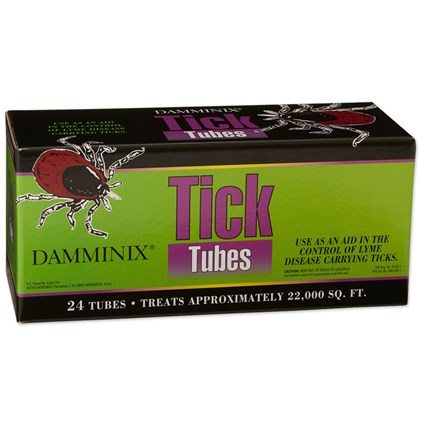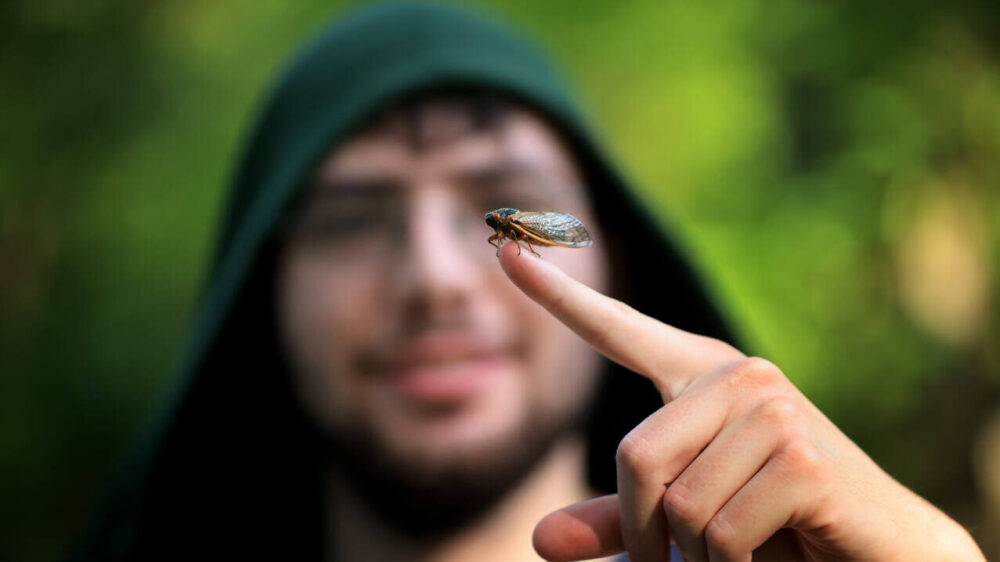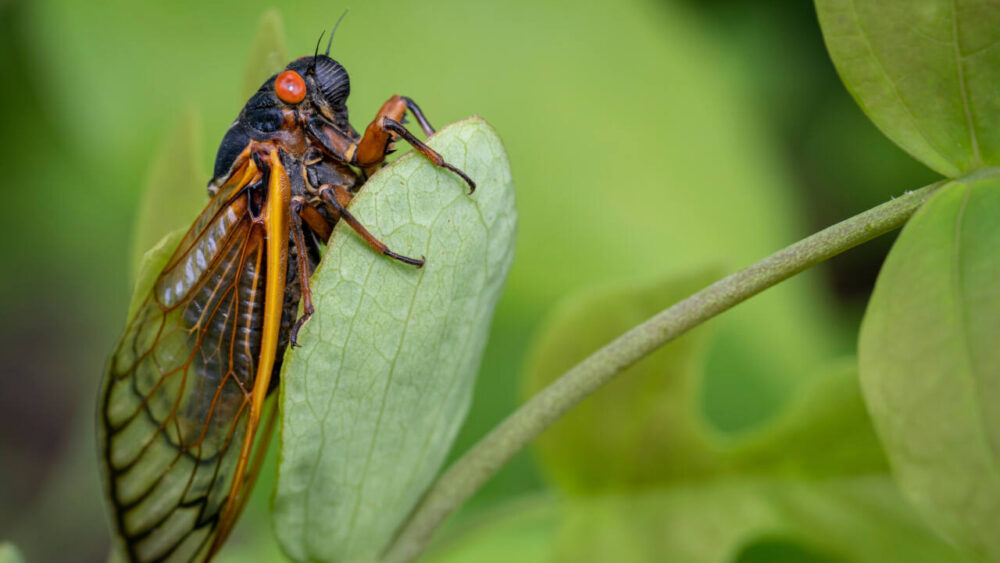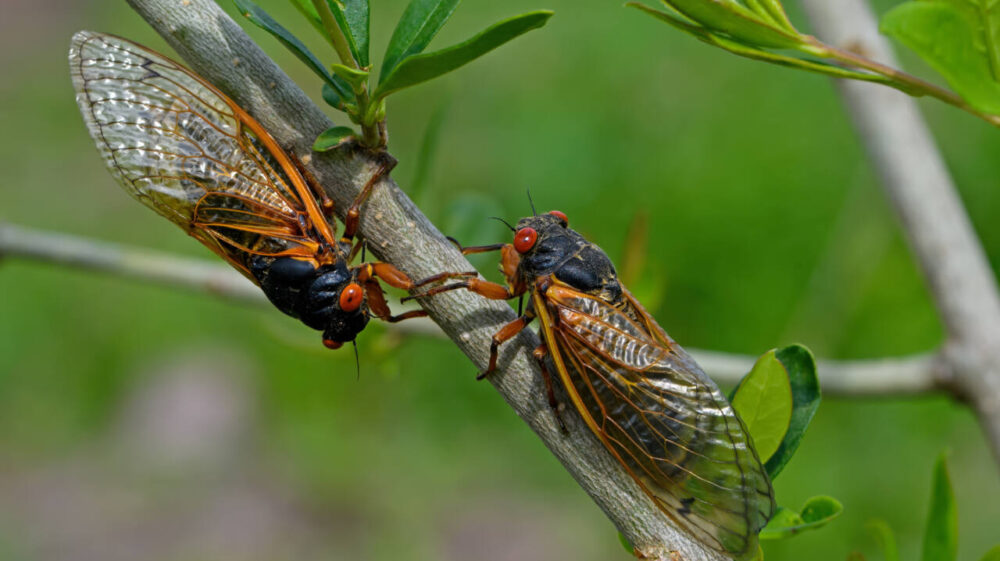Worried About Ticks? Everything You Need To Know About Bait Boxes
Editors Note: “TICK BOX” is a registered trademark of Tick Box Technology Corporation and “Damminix Tick Tubes” are not associated with Tick Box Technology Corporation, the “TICK BOX” trademark and/or the study in the Journal of Medical Entomology cited in the article.
Would you like to reduce the number of ticks in your yard? If you’re anything like me, you just screamed “YES!” to that question.
Ticks are nefarious parasites who feed on animal blood — everyone from dogs to cats to humans of all ages. If that isn’t disgusting enough, ticks can lead humans to contract Lyme disease, a serious tick-borne illness caused by the bacterium Borrelia burgdorferi.
Lyme disease can be difficult to diagnose because it shares symptoms with so many other illnesses. In early stages of Lyme, people can experience a bulls-eye shaped rash around the tick bite. In later stages, sufferers experience headaches, muscle aches and fatigue. The most serious stage of Lyme disease involves mental fogginess, memory loss, numbness in the extremities and severe headaches.
The number of people with Lyme disease has increased in recent years, particularly in the Northeast, mid-Atlantic, and upper Midwest. Experts warn that we can expect that the increase in tick-borne illnesses will only continue to grow. “It won’t stop in the foreseeable future,” said Dr. John Aucott, director of the Johns Hopkins Lyme Disease Clinical Research Center in Baltimore, Maryland.
That’s an ominous warning, but there are some things you can do to help keep yourself, your kids and your pets safe from the threat of ticks. Bait boxes are one such tool, and they’re highly effective and safe for environment.
What Are Bait Boxes?
Interestingly, bait boxes aren’t used to attract ticks, per se. Since ticks are parasites, the bait boxes attract the hosts, which are usually mice (but also chipmunks and voles).
Here’s how a bait box works: Homeowners place the boxes around the perimeter of their property. Inside of the boxes is bait that will attract the rodents.
As critters crawl into the box to eat the yummy treat, a small wick containing insecticide is brushed along their furry backs; they then exit the bait box unharmed but coated in insecticide which hurts the ticks during their larval and nymph stages.
Other bait boxes are filled with cotton which has been treated with a chemical that kills ticks. Mice will remove the cotton from the boxes to bring them to their nest, which, again, will kill ticks directly.
Bait boxes should be placed around your yard in spring, which is the start of tick season, so they are ready in summer when a new flush of tick babies are on the move.
You can purchase a bait box such as Damminix Tick Tubes from SmartPak for $79.95.
This might seem costly, but the results of these bait boxes are quite promising: A study in the Journal of Medical Entomology found that these bait boxes can reduce tick populations by about 97 percent over the course of two years!
Bonus: You don’t have to spray your yard with any yucky and potentially harmful chemicals, so your kids and pets will be safe from both ticks and toxins. Win-win!
Well, I guess unless you’re a tick …









